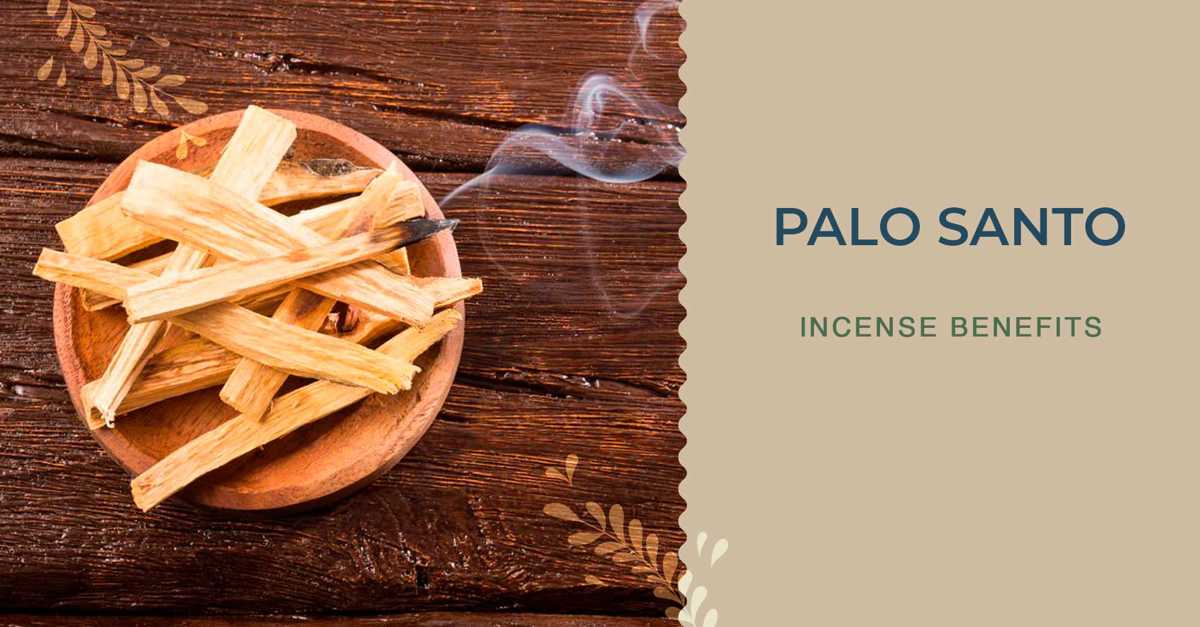At Natural Scents, we believe that crafting your own incense brings you closer to nature and enhances your connection with the scents you love. White sage, with its rich, earthy aroma, is a powerful herb for cleansing and spiritual rituals. In this guide, we’ll walk you through how to create both sage smudge sticks and incense, perfect for meditation, home cleansing, or simply bringing nature indoors.
Affiliate link disclosures
1. Making White Sage Incense
Ingredients:
- Dried white sage leaves (a handful)- link amz
- Makko powder (1 tablespoon; a natural incense binder from the bark of the Machillus tree) - link amz
- Water (enough to form a dough)
- Mortar and pestle or coffee grinder - link amz
- A small mixing bowl
- Non-stick surface (parchment paper or silicone mat)
- Optional: Essential oils (a few drops) or additional ground herbs for fragrance
Step-by-Step Instructions:
- Grind the Sage: Start by grinding your dried white sage leaves into a fine powder. You can use a mortar and pestle for a traditional touch or a coffee grinder for efficiency. Aim for a texture as fine as possible—this will ensure your incense burns evenly.
- Prepare the Binder: In a small mixing bowl, combine 1 tablespoon of makko powder with the sage powder. Makko powder is essential because it helps your incense hold together and burn without the need for a stick. If you can’t find makko powder, you can substitute it with ground sandalwood or other powdered incense bases, but the burn might not be as consistent.
- Add Water: Slowly add water, a few drops at a time, and mix thoroughly. Your goal is to form a soft, dough-like consistency that can be molded but isn’t too wet. If the mixture becomes too watery, add a bit more makko or sage powder to balance it out.
- Shape Your Incense: Once your mixture is well combined, it’s time to shape your incense. Roll the dough into small balls or cone shapes using your fingers. Alternatively, you can press it into molds if you have them for a more decorative finish. Make sure the incense pieces are uniform in size to ensure even burning.
- Drying Process: Place the shaped incense on a non-stick surface, like parchment paper or a silicone mat, to dry. Let the incense dry for about 2-3 days in a cool, dry place, away from direct sunlight or humidity. You’ll know they’re ready when they feel completely firm and dry to the touch.
- Store and Enjoy: Once dried, store your white sage incense in an airtight container to maintain its potency. To use, light the tip, blow out the flame, and let it smolder on a heat-resistant surface like an incense holder or a bowl of sand.
2. Making Sage Smudge Sticks
Ingredients & Supplies:
- Fresh or dried white sage leaves (about a small handful per stick)
- Cotton or hemp twine (natural, undyed)
- Optional: Lavender, rosemary, or other herbs for added fragrance
Steps:
- Gather Sage Leaves: If you're using fresh sage, pick full leaves or small sprigs. Dry the leaves slightly to reduce moisture but ensure they are still pliable for bundling.
- Create a Bundle: Gather a small handful of sage leaves. If you want to mix in other herbs like lavender or rosemary, layer them with the sage for a blend of aromas. Ensure all the stems are aligned.
- Tie the Bundle: Wrap the twine around the base of the bundle, then continue wrapping tightly in a crisscross pattern up the length of the bundle. Secure the twine by tying it off at the end.
- Dry the Sage Stick: Hang the bundle upside down in a dry, well-ventilated space for 1-2 weeks until fully dried. The bundle should feel crisp to the touch when ready.
- Smudge Away: Light the tip of your sage stick until it smolders, then blow out the flame. Enjoy the fragrant smoke for cleansing spaces or meditation!
Tips for Customizing Your Sage Incense:
- Herbal Blends: Add other finely ground herbs like sandalwood, cedar, or juniper for unique scents.
- Essential Oils: A few drops of essential oil can enhance the fragrance and therapeutic properties of your incense.
- Personal Touch: Experiment with different proportions of sage and makko powder until you find your perfect burning consistency.
Precautions:
- Use sage mindfully: White sage is considered sacred in many Indigenous cultures, so it's essential to source it sustainably and with respect.
- Burn in a well-ventilated space: Incense smoke can be intense for some people, so make sure you have good airflow in the area where you're burning it.
- Fire safety: Always keep an eye on burning incense, and never leave it unattended. Make sure to extinguish it fully when done.
- Allergies and sensitivities: Be mindful of any potential allergic reactions, particularly if you or others around you are sensitive to smoke or certain herbs.
Final Thoughts
Making your own stickless white sage incense can be a rewarding and meditative practice. Whether you’re using it for spiritual cleansing, meditation, or simply to enjoy its beautiful scent, this handcrafted incense adds a personal touch to any ritual.
Have you made your own incense before? What other herbs or resins have you experimented with? Let us know in the comments below!






